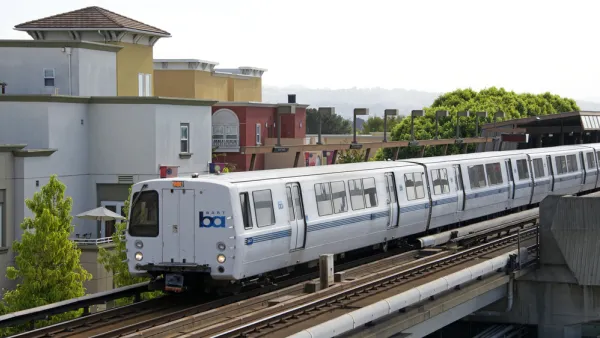Updating the initial "Re-Emergence of Concentrated Poverty" Brookings report, Elizabeth Kneebone shows where concentrations of poverty have taken root during the Great Recession and subsequently slow recovery period.
Using American Community Survey data for 2008-2012, Elizabeth Kneebone explores how the latest American economic activity has affected the "changing incidence of both distressed neighborhoods, in which at least 40 percent of residents live below poverty, and high-poverty neighborhoods, where at least 20 percent of residents are poor." The report illustrates where concentrated disadvantage has evolved since 2000 throughout 100 of the largest metro areas in the United States, along city and suburban lines.
As stated in the report brief, "after two downturns and subsequent recoveries that failed to reach down the economic ladder, the number of people living below the federal poverty line ($23,492 for a family of four in 2012) remains stubbornly stuck at record levels." Kneebone found that more residents under the federal poverty live are located in suburbs rather than big cities, or rural communities. Indeed, this demonstrates a "significant shift compared to 2000, when the urban poor still outnumbered suburban residents living in poverty."
Moreover, Kneebone finds that this poverty has not spread, but rather "become more clustered and concentrated in distressed and high-poverty neighborhoods, eroding the brief progress made against concentrated poverty during the late 1990s."
FULL STORY: The Growth and Spread of Concentrated Poverty, 2000 to 2008-2012

Analysis: Cybertruck Fatality Rate Far Exceeds That of Ford Pinto
The Tesla Cybertruck was recalled seven times last year.

National Parks Layoffs Will Cause Communities to Lose Billions
Thousands of essential park workers were laid off this week, just before the busy spring break season.

Retro-silient?: America’s First “Eco-burb,” The Woodlands Turns 50
A master-planned community north of Houston offers lessons on green infrastructure and resilient design, but falls short of its founder’s lofty affordability and walkability goals.

Test News Post 1
This is a summary

Analysis: Cybertruck Fatality Rate Far Exceeds That of Ford Pinto
The Tesla Cybertruck was recalled seven times last year.

Test News Headline 46
Test for the image on the front page.
Urban Design for Planners 1: Software Tools
This six-course series explores essential urban design concepts using open source software and equips planners with the tools they need to participate fully in the urban design process.
Planning for Universal Design
Learn the tools for implementing Universal Design in planning regulations.
EMC Planning Group, Inc.
Planetizen
Planetizen
Mpact (formerly Rail~Volution)
Great Falls Development Authority, Inc.
HUDs Office of Policy Development and Research
NYU Wagner Graduate School of Public Service



























